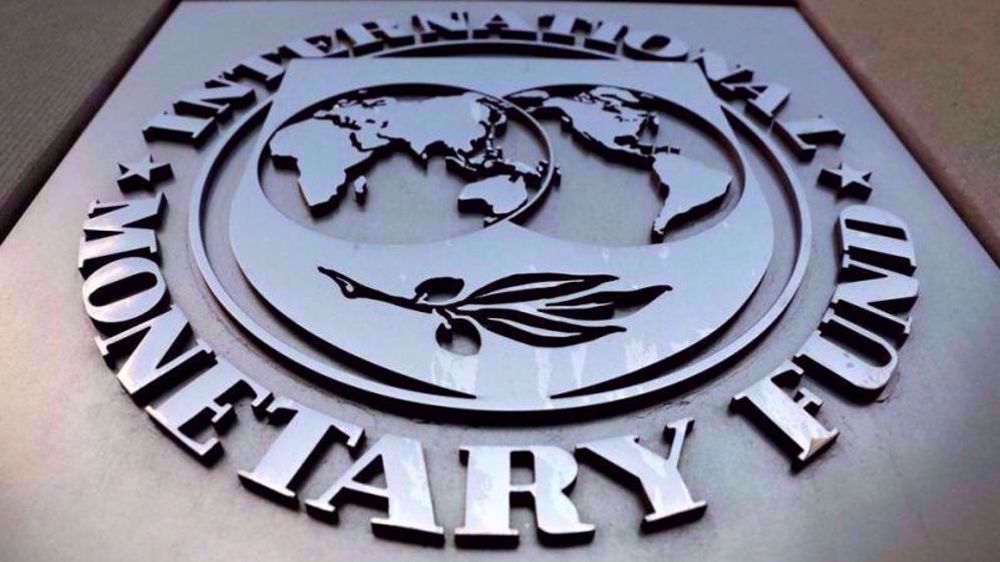Banks become Iran’s economic nightmare
President Hassan Rouhani started his tenure in office with a promise to put Iran’s economic boat back on an even keel, but many analysts believe the administration is now rudderless more than any time.
Rouhani’s famous pledge to make tangible changes in his first 100 days of office generated high hopes after years of market turbulence which saw Iran’s inflation surge up to 40%.
The new administration inherited an economy shriveled under sanctions which squeezed trade with the world, as oil exports shrank 60%, leaving the country to grapple with its worst stagflation in decades.
President Rouhani has sought to reverse the trend, helping the national currency stabilize against the dollar after losing two-thirds of its value and returning the capital to the financial sector from parallel markets.
The most significant achievement of the government, however, was its ability to cut inflation rate thrice by following better monetary discipline.
However, those achievements have been eclipsed by an economic inertia which has exacerbated Iran’s unemployment problem.
Critics point the finger at Rouhani’s economic team, saying it is oblivious to a bloated financial sector which has been thriving for years at the expense of a cash-strapped production sector.

In recent years, banks and financial institutions have mushroomed in Iran, engaging more in speculative activities than finance.
A number of manufacturing corporations, pension funds, charity foundations as well as civil, military and state organizations have established their own banks to cash in on the lucrative speculative sector.
Those financial institutions have been extending credit to “bigwig” clients who are themselves engaged in speculative activities. This cycle has led to the creation of bank money at the expense of real money.
As a result, financial institutions have replaced the government and the central bank as the virtual supplier of money, resulting in a liquidity crisis.
According to the Central Bank of Iran, the financial sector has about $260 billion of liquidity. This figure equals 65% of the GDP of Iran’s economy of about $400 billion.
Normally, the cash flow is not a bad thing but it becomes a burden when it trickles into the non-productive sector, leading to stagflation. That’s exactly what has happened to the Iranian economy.

Economists say the government has adopted the worst aspects of an economic model bordering on neoliberalism. They cite the 2008 disaster in the US and other capitalist nations, caused by a hyperactive financial sector.
With the speculative market wreaking havoc, Iran is further faced with unchecked imports and smuggling of foreign goods which are seriously harming domestic manufacturers.
These are also hindering the government’s efforts to attract foreign investment as President Rouhani has widely rooted for.
As the bulk of liquidity is used for speculative activities instead of being lent to manufacturers, the economy continues to remain mired in stagnation and unemployment is getting worse.
Moreover, consumers are getting a small slice of the bulging liquidity pie which otherwise would have boosted domestic producers and the economy.

By nature, the financial sector prefers the more lucrative speculation to real production and that is how a profit-driven economic system works.
Some economists say with its inflation and recession, the priority for Iran must be to wade out of the stagnation first.
They say the country cannot jeopardize production, employment and social welfare under the pretext of slimming the economy, arguing that is like prescribing an overweight person to stop eating in order to get into shape.
They say what the government needs to do now is to channel financial resources to production from the speculative market.
Arab rights group urges UK to sanction Netanyahu over 'incitement to genocide' in Gaza
‘Political, non-constructive’: Iran slams UNHRC special session on recent riots
Forced evacuations in South Gaza as Israeli military expands control over land
Iran reports steep rise in exports after forex policy shift
Iranian bank loans up 47.2% y/y in Apr-Dec
Macron slams Trump’s ‘bullying’ as US threatens tariffs, pushes Greenland grab
Israeli rape victim and former captive says Hamas felt safer than Israel
VIDEO | Press TV's news headlines










 This makes it easy to access the Press TV website
This makes it easy to access the Press TV website